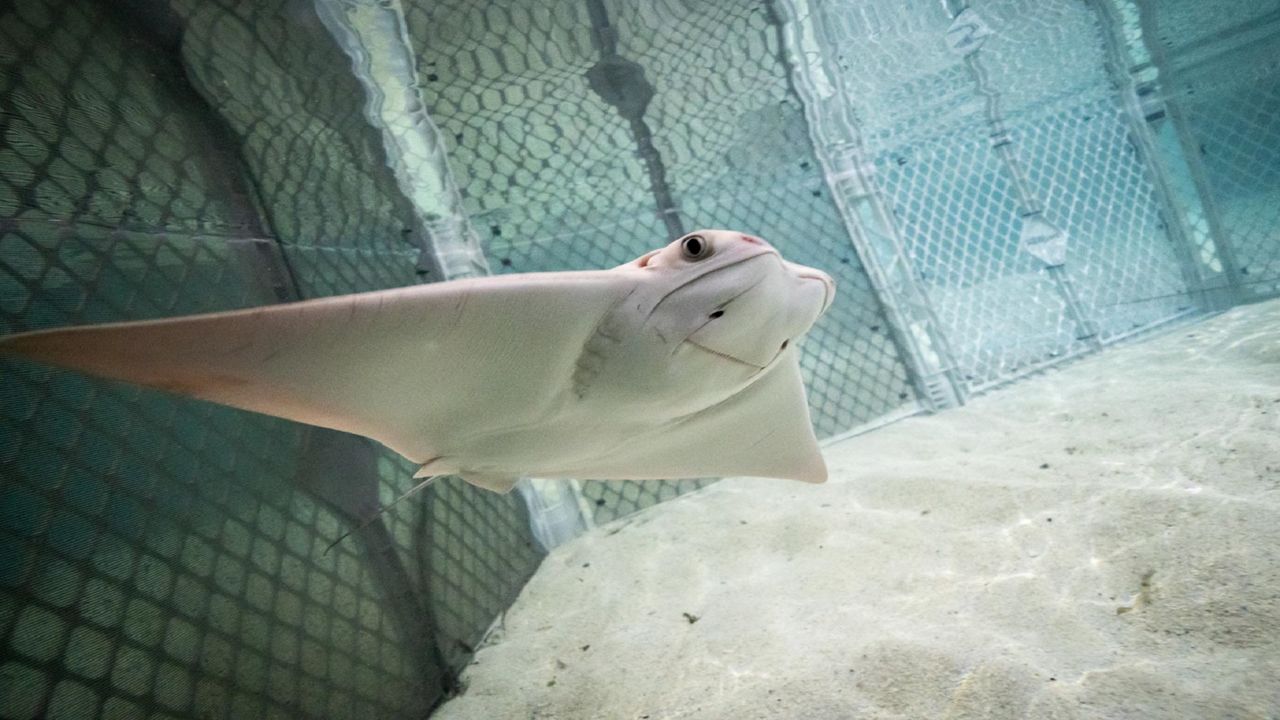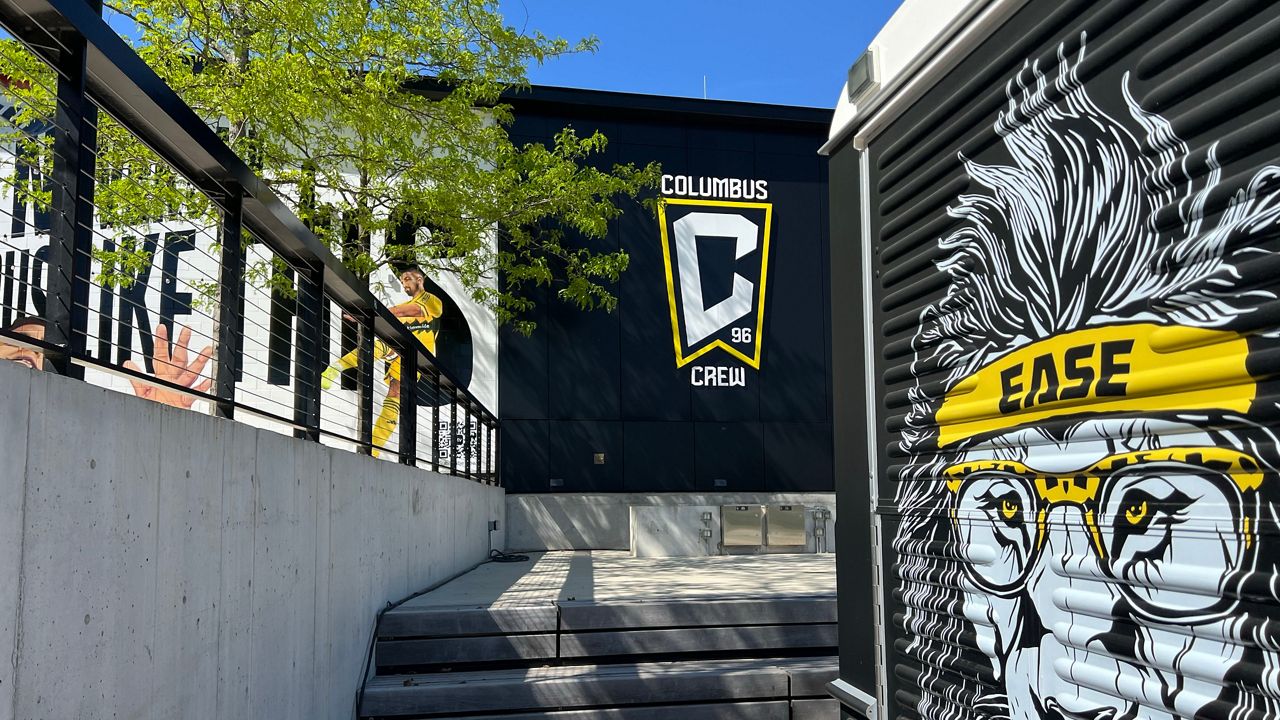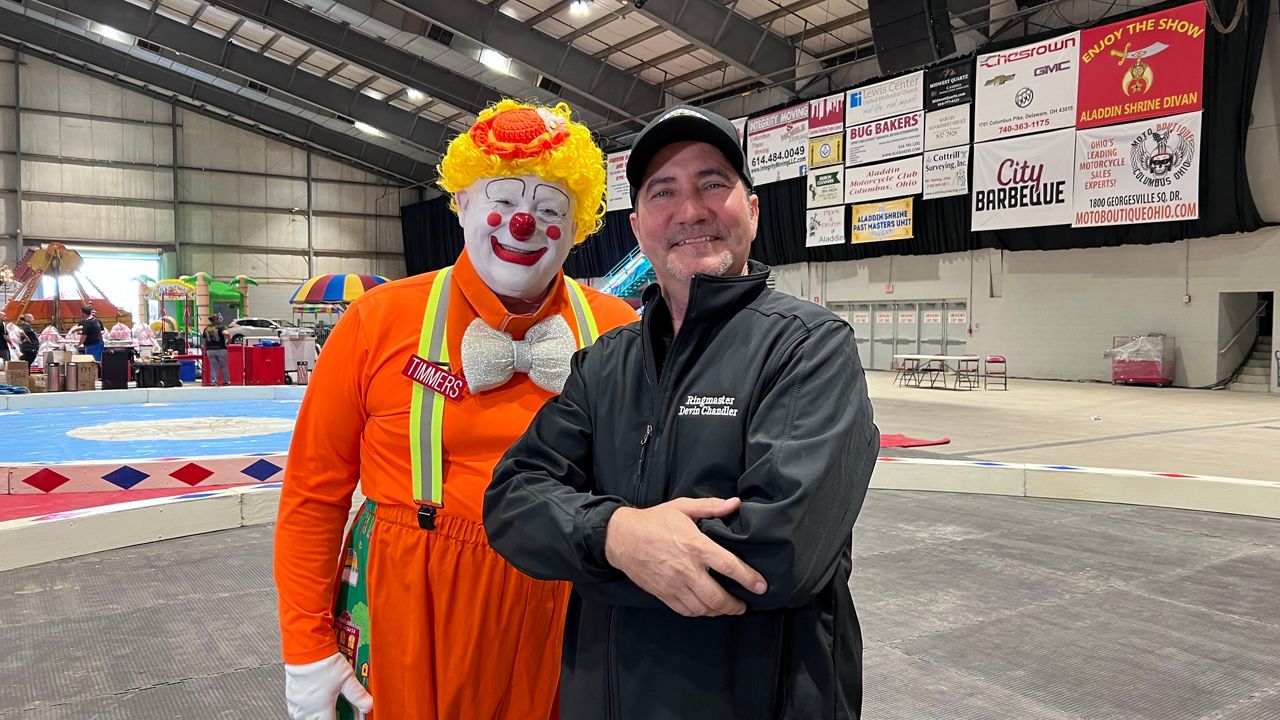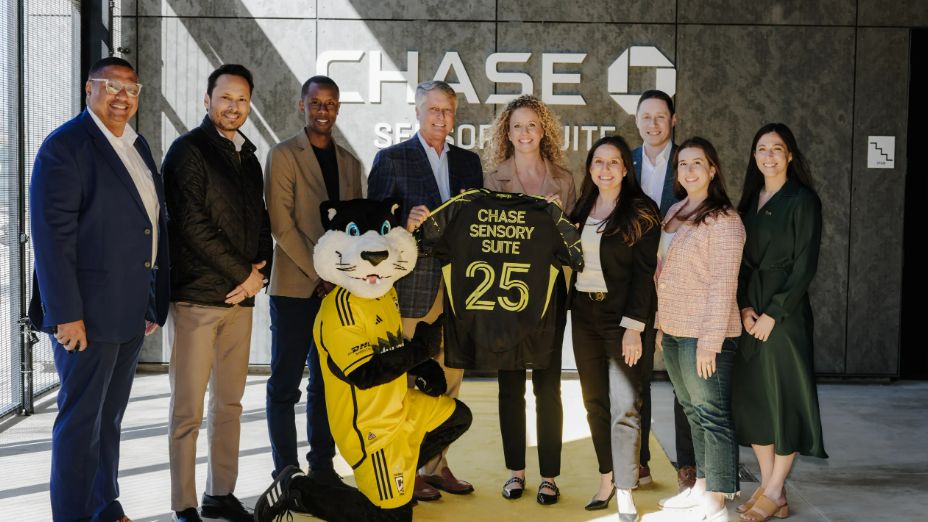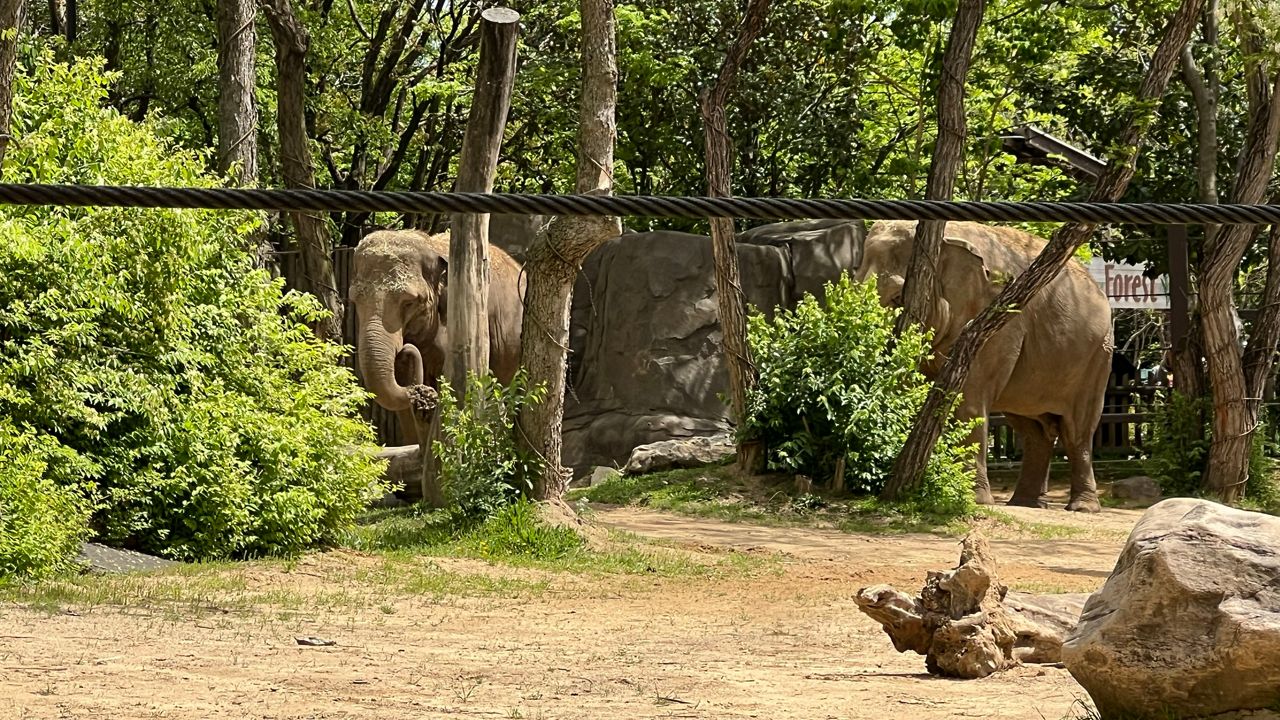POWELL, Ohio — With Spring’s arrival and warmer days, guests to the Columbus Zoo and Aquarium will find some recent additions representing a few of the international species cared for at the zoo. Over the past few months, the zoo welcomed several babies into its family, including a baby colobus monkey, two feathertail gliders and two stingray pups.
Baby Colobus Monkey
The first birth of the year occurred behind-the-scenes Jan. 15 with a male guereza colobus monkey, who his care team named Jif. On warmer days, may see Jif and his experienced mother, Jabari, and father, Sekani, in the zoo’s Congo Expedition region with the troop that includes two other females.
The colobus monkeys’ striking long black and white fur and tail make them distinctive in their range countries in equatorial Africa. The long fur also serves as an important cover, as female colobus monkeys use it to help hide babies from predators.
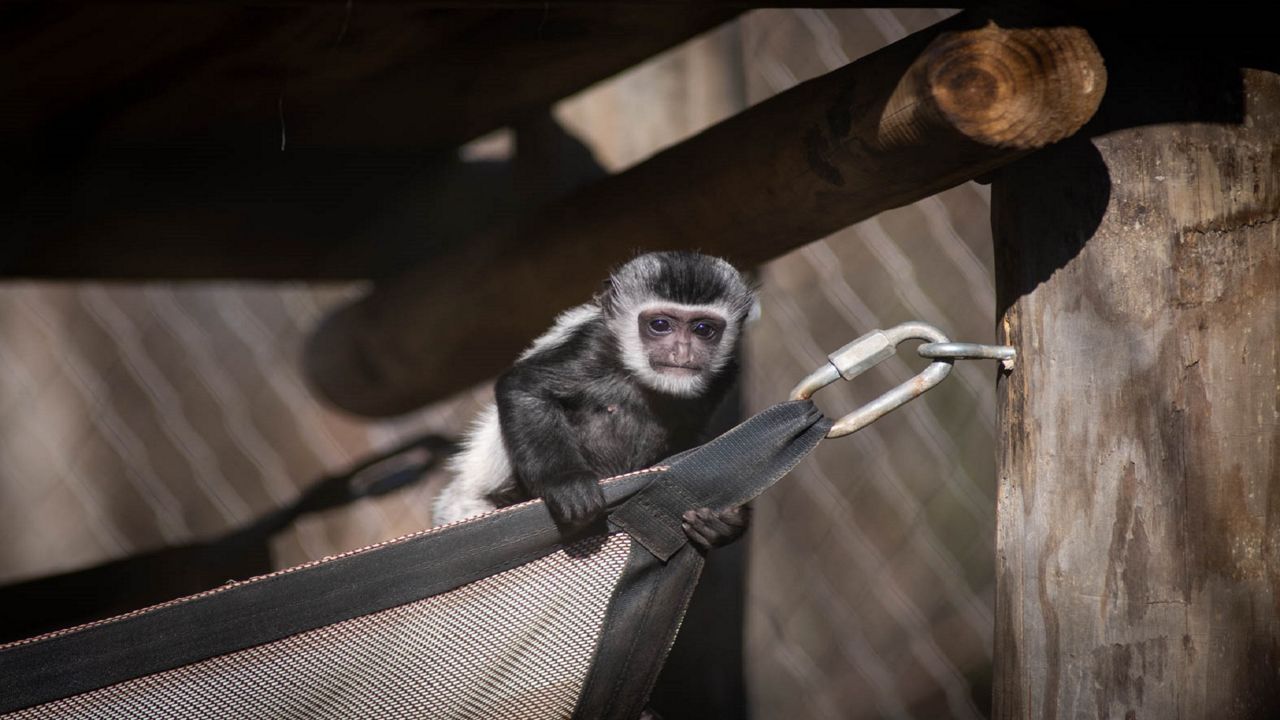
Colobus monkeys spend half their day resting and sleeping, and they spend the rest of the time eating and moving through trees to look for food. The word colobus means “mutilated one” as the species lacks thumbs. Instead, they have a little nub with a nail instead of a thumb, and they use their long fingers as “hooks” as they leap from tree to tree. While currently listed as “least concern” as a conservation status, they continue to face threats such as habitat destruction, hunting and capture for the illegal wildlife trade.
Jif’s care team reports he is doing well and is quite active. The colobus monkeys have access to their outdoor habitat when the weather is warmer than 50 degrees Fahrenheit.
Feathertail Glider Joeys
The Columbus Zoo is one of only two breeding institutions in North America caring for the world’s smallest marsupial, the feathertail glider. The zoo’s colony of 27 feathertail gliders grew by two this year with two joeys for one mother in January.
About the size of a mouse when they become adults, feathertail glider joeys are smaller than a grain of rice when born. While feathertail gliders grow to be only two to three inches long, they can glide as far as 90 feet between trees.
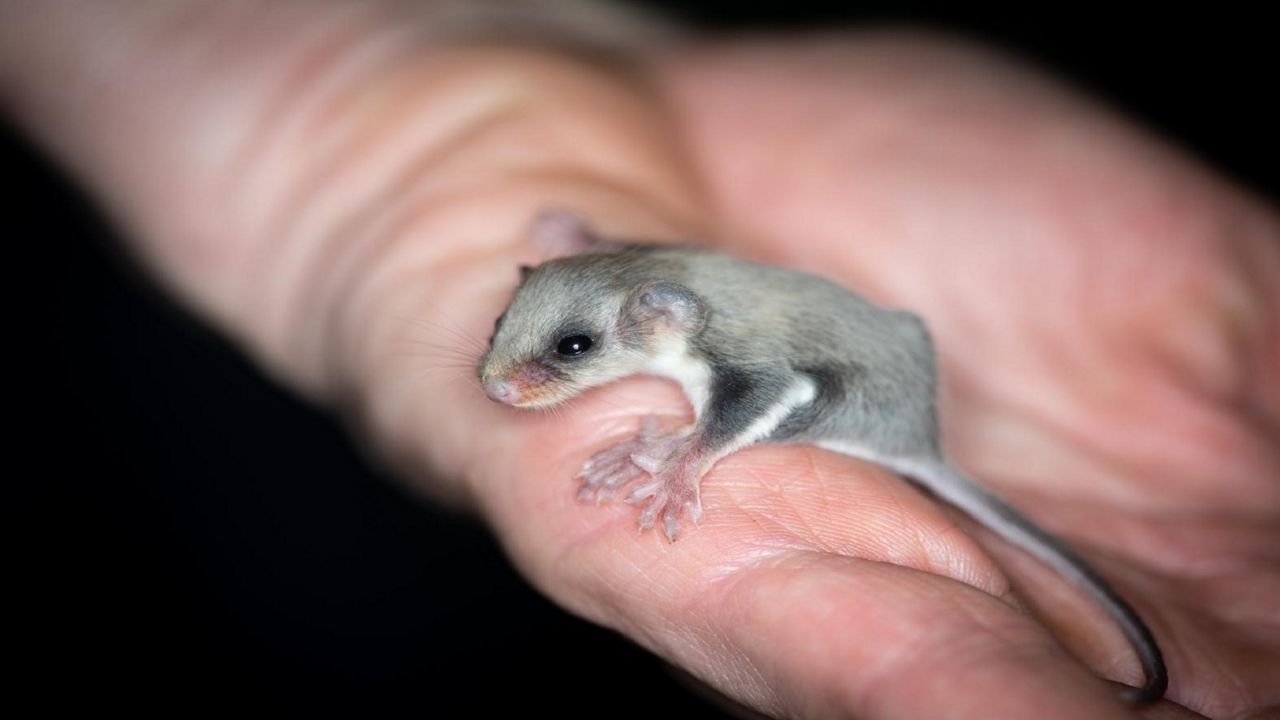
The tiny mammals earned their name because of their flat tail that has stiff hairs on both sides to help them steer, while a flap of skin between their front and back legs acts like a parachute as they glide from branch to branch. Feathertail gliders also have tiny skin ridges and hairs on their feet and sweat glands on the pads of their toes. The sweat glands act like suction cups, enabling them to climb well on smooth surfaces, including glass.
Feathertail gliders fulfill an important role in the ecosystem by helping to pollinate flowers and plants. They are primarily nectar eaters and will put their noses in a flower to get the nectar. Pollen sticks to their faces and as they put their faces in the next flower, they transfer some of the pollen. Researchers believe feathertail gliders are relatively common in most of eastern Australia; however, researchers do not know a lot of other information about this nocturnal species since they are difficult to find because of their small size.
Zoos like the Columbus Zoo are contributing to knowledge about the species to help learn more about the animals’ habits and needs.
The joeys typically emerge from their mother’s pouch at approximately 63 days old and start venturing outside of the nest box to join the rest of the colony at around two-and-a-half months old. The two joeys born this year are now just a little smaller than the adults, as joeys are usually full grown by about four months old. Guests may find the feathertail gliders in the zoo’s Nocturnal Building, in the Australia and the Islands region.
Stingray Pups
The Columbus Zoo’s resident aquatic population also increased with the addition of two male cownose ray pups born Feb. 7 and 18. Visitors may view both pups in their “playpen” in Stingray Bay, in the zoo’s Adventure Cove region.
Set up in the middle of the touch pool, the playpen provides a safe place for the pups. It allows them to be with the other stingrays while also being separated enough to receive extra care and feeding from keepers to ensure their health. The pups are the size of a small dinner plate now (10-12 inches from wingtip to wingtip) and will grow to be more than three feet wide as an adult.
Stingrays, sharks and skates are elasmobranchs, which means their body is made of cartilage, like a human’s nose.
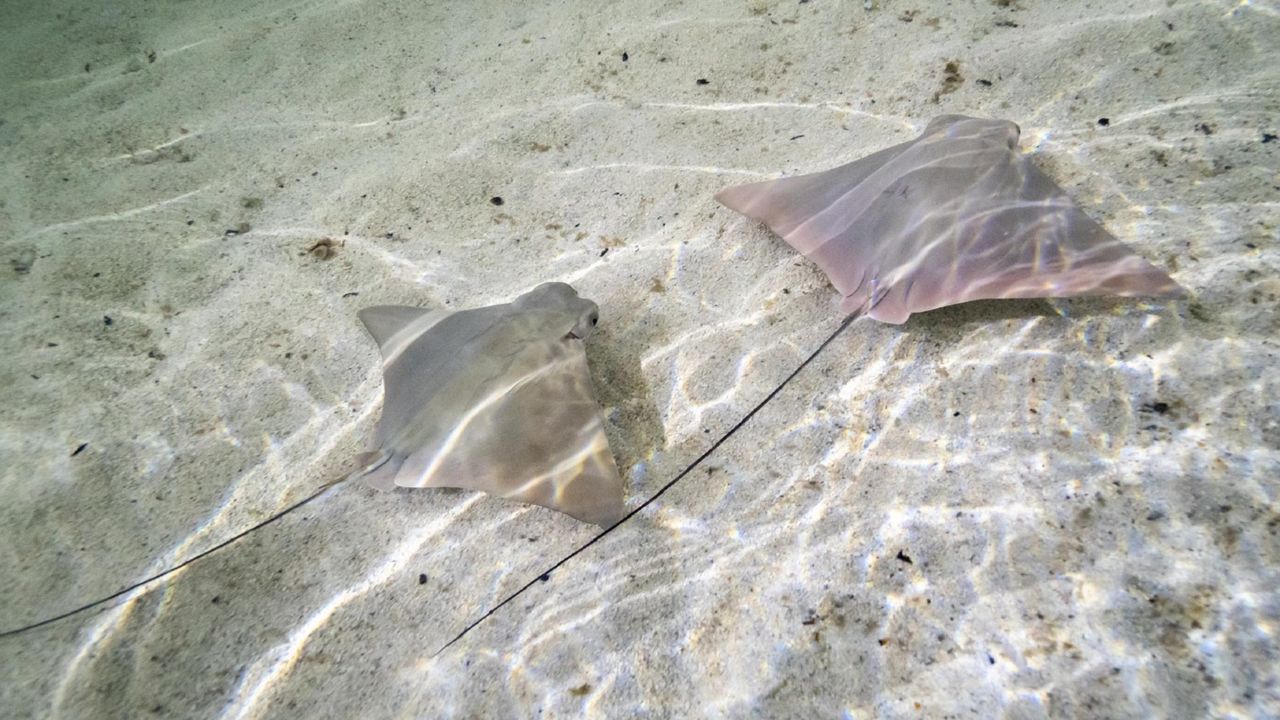
Cownose rays give birth to live young, though they first hatch from eggs inside the females’ body. As the mother gives births, the pups are initially folded up like a burrito and unfold when they are born. Pups are born with full barbs that are over an inch in length, so they are ready to protect themselves.
Named for the shape of their head, cownose rays have only a few natural predators, including hammerhead sharks and humans. However, cownose rays “vulnerable” on the International Union for Conservation of Nature’s Red List of Threatened Species™ because the population is decreasing because of over-harvesting and pollution that has negatively affected their grass bed habitat. Keeping oceans and waterways free of litter and old fishing line, as well as using the Seafood Watch guide to know what fish are sustainably sourced, can help make a difference for the future of cownose rays and other marine life.
Columbus Zoo guests can gently and safely interact with cownose rays and southern stingrays in the touch pool as the rays gracefully glide through the water. Stingray Bay is free with zoo admission, and feeding opportunities are available for an additional fee.
“We love seeing these healthy spring arrivals, and with each birth we celebrate the amazing diversity of wildlife from around the world,” said Dr. Jan Ramer, the Columbus Zoo and Aquarium’s Senior Vice President of Animal Care and Conservation. “Spring is a great time to visit the zoo to relax and enjoy the beautiful grounds, and to learn more about our incredible animals and ways can all do our part to help protect these species and their habitats.”
Besides the recent arrivals, other animals, including those in the Heart of Africa’s savanna, are increasingly spending time in their outdoor habitats as temperatures continue to warm up.
Special Experiences are once again being offered around the Zoo, including Giraffe Feedings and Keeper Talks, presented by GermainCars. The schedule can be viewed here.
For additional updates about the Columbus Zoo, events, and more, follow the zoo’s social media accounts on Facebook, Instagram, Twitter and TikTok, and visit us at ColumbusZoo.org.





